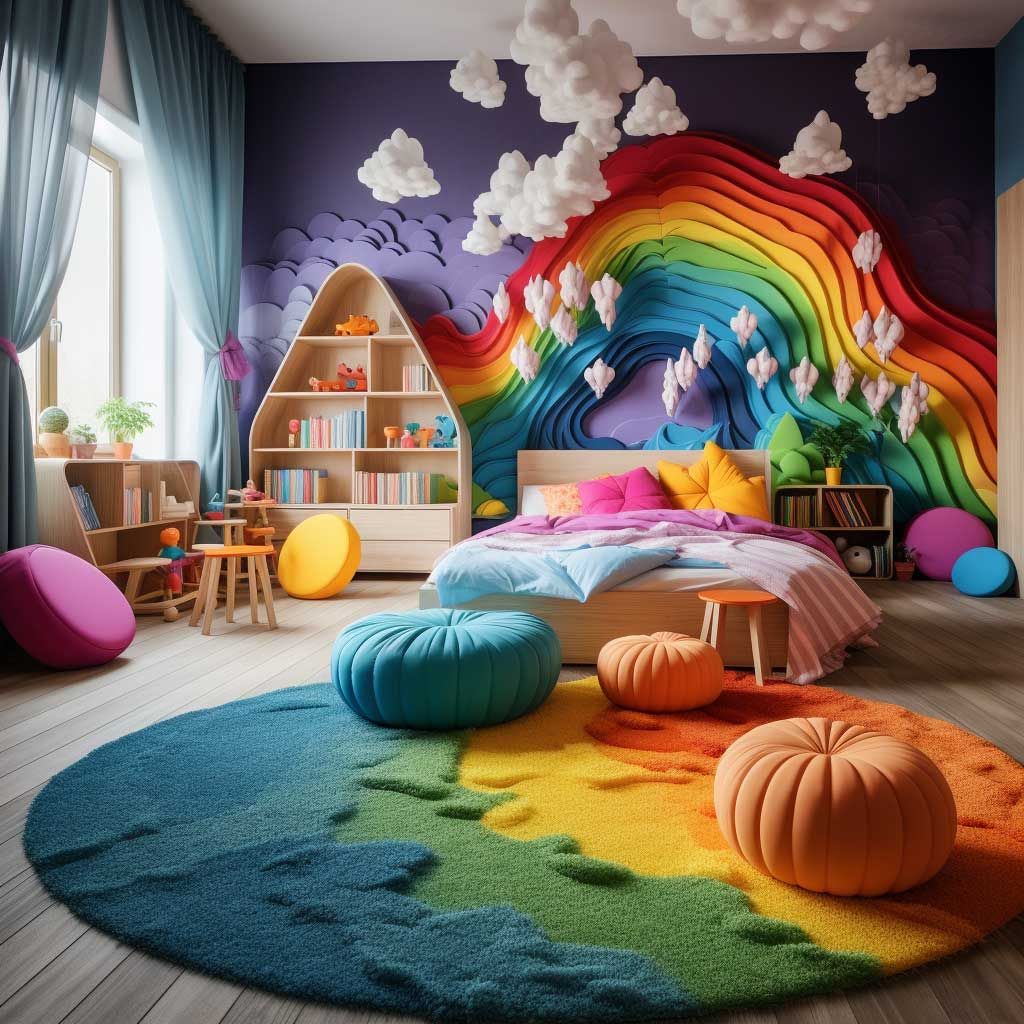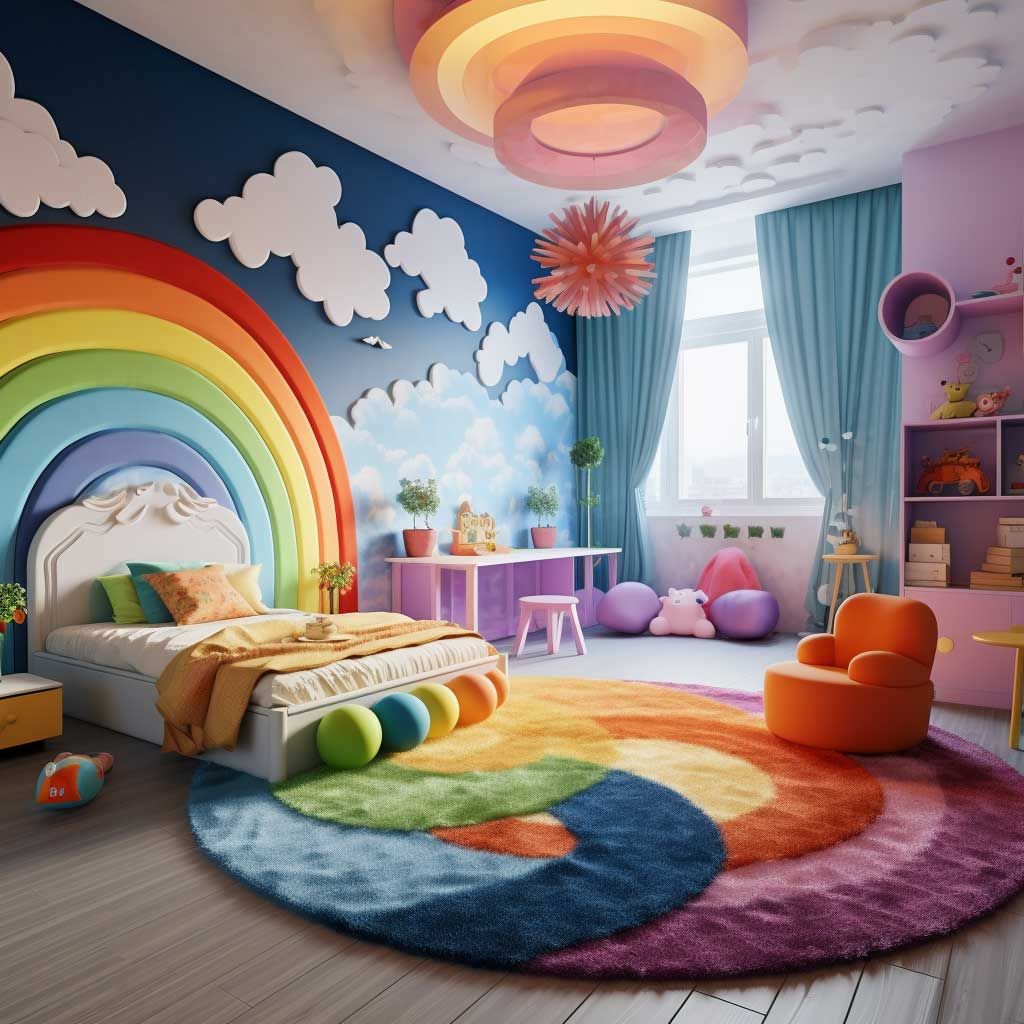
When designing a children’s room, it’s important to create a space that is not only functional and practical but also inspiring and fun. Children’s rooms should be tailored to their individual personalities and interests, incorporating vibrant colors, whimsical patterns, and playful decor items. Large storage solutions such as toy chests or shelves are essential to keep the room organized and clutter-free. Furthermore, incorporating educational elements, such as books and educational toys, can help stimulate learning and creativity. Safety is also a key consideration when designing a children’s room, so it’s important to secure furniture to the walls and ensure all electrical outlets are childproofed. By carefully curating a space that is both functional and enjoyable, you can create a children’s room that fosters imagination, creativity, and growth.
When designing a children’s room, there are a number of important factors to consider to create a space that is fun, functional, and conducive to growth and learning. One of the key elements to focus on is the color scheme of the room. Bright, vibrant colors can stimulate creativity and energy, while softer tones can create a calm, soothing environment. Consider incorporating a mix of colors that not only reflect your child’s personality but also promote a sense of positivity and inspiration.
Another important aspect to consider when designing a children’s room is the furniture and layout. It’s crucial to choose furniture that is not only safe and age-appropriate but also adaptable to your child’s changing needs as they grow. Consider incorporating multifunctional furniture pieces that can serve multiple purposes, such as storage beds or desks with built-in shelving. In terms of layout, try to create designated spaces for different activities, such as sleeping, playing, and studying, to encourage organization and structure in your child’s routine.
Lastly, don’t forget to include elements of personalization in your child’s room design. Whether it’s through custom artwork, photos, or decor that reflects your child’s interests and hobbies, incorporating personal touches can make the room feel truly unique and special. Encourage your child to be involved in the design process, allowing them to have a say in the color scheme, furniture choices, and overall aesthetic of their space. Creating a room that is a reflection of your child’s personality and interests can go a long way in fostering a sense of ownership and pride in their surroundings.
 Decoration Ideas
Decoration Ideas










